Your Cart is Empty
PHYSICAL THERAPY FOR INCONTINENCE
While incontinence can often be an embarrassing condition, you’re not alone as more than 25 million American adults have bladder control issues. There are many incontinence myths relating to age and gender stereotypes. Incontinence isn’t just an elderly or female-only problem nor is there one type of bladder control condition. New moms also experience postpartum urinary incontinence due to trauma to the pelvic muscle. There is one thing that most people diagnosed with incontinence have in common, and that is a weak pelvic muscle wall.

What Is Pelvic Floor Physical Therapy?
Did you know that pelvic floor exercises are a form of physical therapy? They focus primarily on the pelvic region and work to treat various kinds of conditions. The pelvic muscle group assists in bladder and bowel control in addition to supporting organs in the pelvic region.
Common pelvic conditions and symptoms include:
- Incontinence
- Pelvic, Tailbone Pain
- Pelvic floor muscle spasms
- Chronic Prostatitis
- Vaginismus and Pain during Intercourse
- Low Back, Hip, or Groin Pain
- Pelvic Organ Prolapse
- Diastasis Recti and otherPostnatal Symptoms
What Is The Pelvic Floor?
The “pelvic floor” is located at the base of the abdomen and includes all of the muscles, ligaments and nerves attached to the pelvis. The pelvic floor is responsible for stabilization, providing additional support to the lower back and also supports sexual arousal in both genders. Most of the major muscle groups such as the back, abdomen, quads, hamstrings, and glutes all coexist and impact the pelvic muscle to some degree.
Pelvic Floor Exercises
Like any muscle group, the more you exercise, the stronger it becomes. This is especially important when considering a weakened pelvic floor where connective tissue, ligaments, and muscles aren’t as strong as they once were. Aging is just one factor; injury to the pelvic region can also cause incontinence.Postpartum pelvic trauma could occur after the strain of childbirth, causing bladder problems.
Four Types Of Pelvic Floor Exercises
- Kegel: Kegel exercises help women to strengthen the muscles that control urine flow. Kegel exercises also help to tighten vaginal muscles after natural vaginal birth. Kegel exercises can be done anywhere and at any time. The objective is to focus on contracting the muscles that are responsible for urine flow. When constricting these pelvic muscles, it should feel as though the muscles are lifting. It's recommended to squeeze these muscles three to five seconds and then release and repeat.
- Squeeze and Release: Similar to Kegel exercises; men can do this exercise as well. It’s essentially the same thing. Sitting comfortably in your chair, you squeeze the pelvic floor muscles, hold between three to five seconds and then release. It’s advised to do this in reps of 10 to 20. Whether you're a man or a woman, identifying this muscle is done the same way. When going to the bathroom try to stop your urine midstream. This exercise can help to better identify your pelvic floor muscles.
- Bridge: Lying flat on your back with legs bent and feet planted on the ground spread shoulder length apart. Arms should be flat on the ground on either side, then lift your hips and contract your glutes several inches off the ground and hold the pose for three to eight seconds.
- Squats: Standing with legs shoulder width apart, bend your knees, and squat towards the floor going as low as comfortable. Knees should be level and align with toes.
Veeda Natural Incontinence Protection
Pelvic exercises can help strengthen your pelvic floor muscle wall and reduce bladder leaks. Having reliable incontinence protection is also important. Veeda offers natural incontinence protection for both men and women. Our incontinence underwear, pads, and liners are both hypoallergenic, dermatologically tested, made with biodegradable materials, and allergy certified. Veeda incontinence products are not only safe for the environment, but safe for sensitive skin while offering ultra protection for light to medium bladder leaks.



